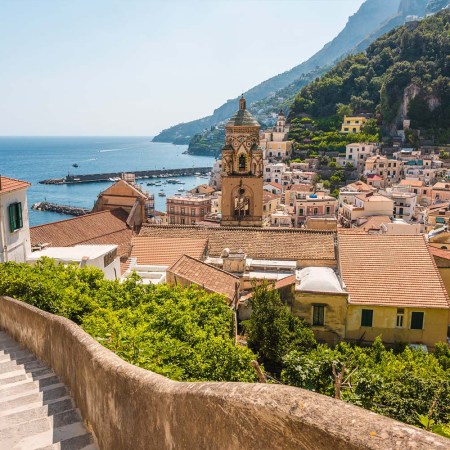Some notable works of architecture are known for their scale, the intricacy of their designs or their historical importance. The Leaning Tower of Pisa, by contrast, is known for something else — it, well, leans. As a 2018 article in Mental Floss explains, this is due to a combination of factors, including the soft ground on which it was built and the lengthy period of time over which its construction took place.
Over time, its lean has grown more pronounced, which alarmed authorities for eminently understandable reasons. The Collapsed Tower of Pisa wouldn’t be particularly useful for residents or tourists alike, after all. And so for several decades now, a stabilization plan has been in place to help arrest and even reverse the tower’s progression.
Now, as an article in The Art Newspaper reveals, the extent to which several decades’ worth of stabilization has affected the tower is relatively clear. As of now, the degree to which the tower is leaning is comparable to where it was in the early 1800s — a significant improvement from its condition in the early 1990s, when the stabilization plan went into effect.
This year marked the 850th anniversary of a significant point in the tower’s history — the purchase of raw materials to begin building it — and next year will mark a similar anniversary with respect to the beginning of its construction. Hopefully these relatively recent measures will keep it stable for centuries to come — though, as The Art Newspaper points out, extreme weather could still pose a threat to it. But that’s the case for a number of buildings; far fewer have a trademark lean.
Thanks for reading InsideHook. Sign up for our daily newsletter and be in the know.


















